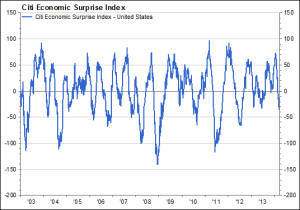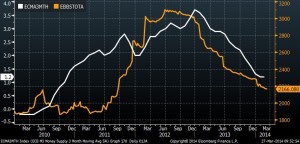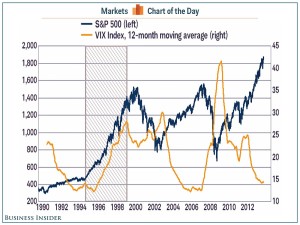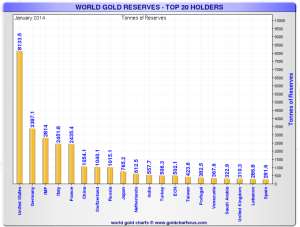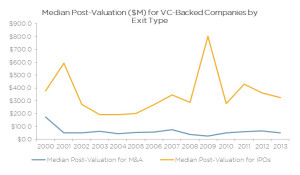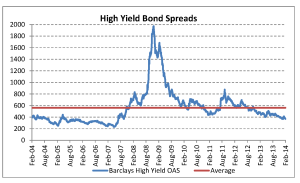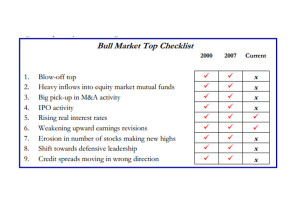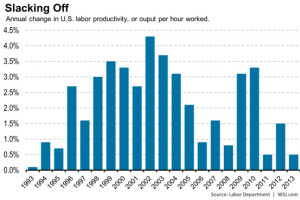The Citi Economic Surprise Index tracks actual economic data relative to consensus expectations. When the index is above zero, economic data releases are coming in better than expected, and conversely, readings below zero signal economic data releases are below expectations. Since mid-January, the index has been falling and is now in negative territory, indicating a slowdown in economic activity relative to expectations. Some, but not all, of this weakness can be attributed to the harsh winter weather. However, we could be near a low in this measure as economists begin to incorporate new information into their forecasts.
(Source: Citigroup)

